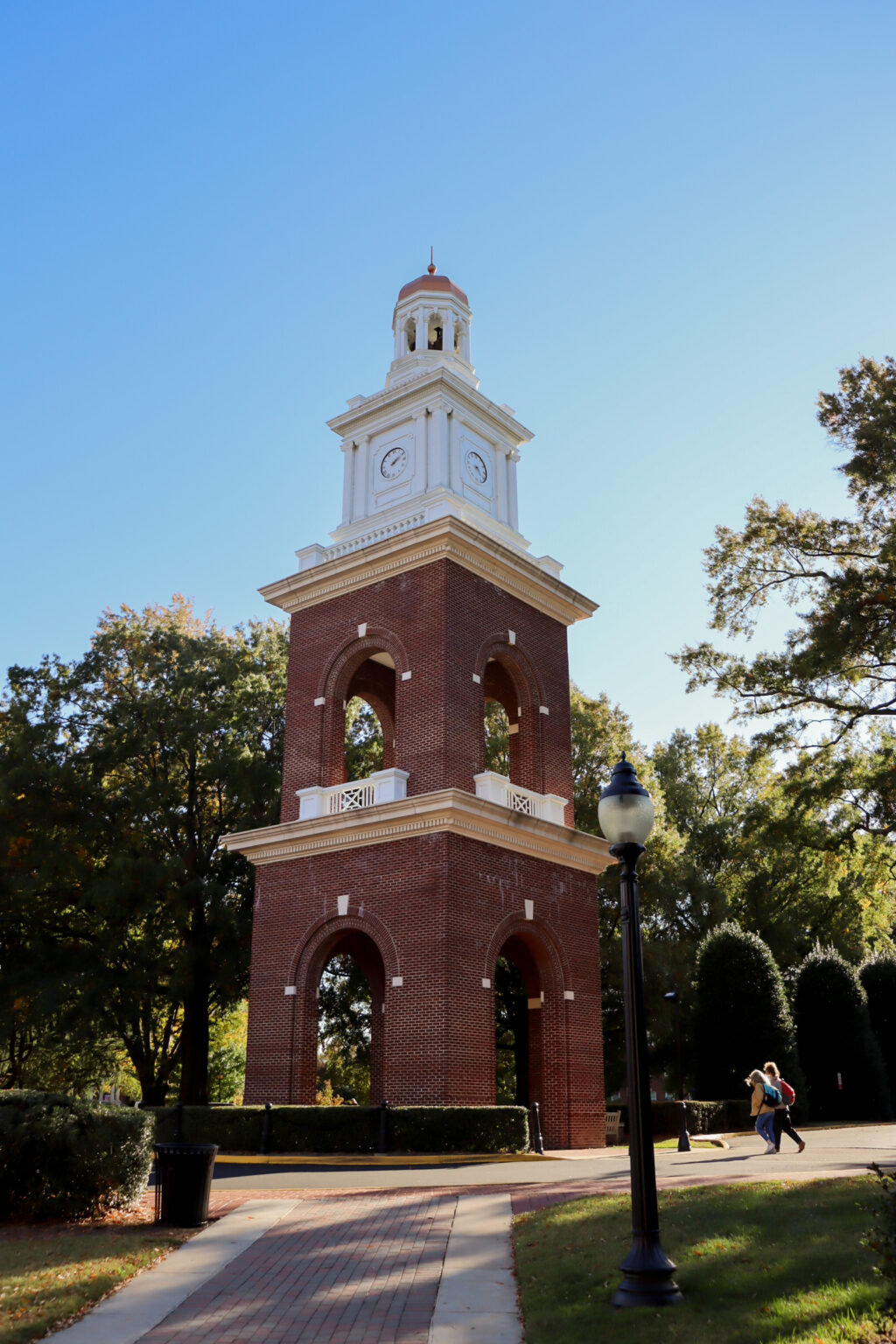UMW conducts annual test of emergency notification system: the Great ShakeOut earthquake drill
3 min read
UMW tests alert system in conjunction with national drill. | Sarah Sklar, The Weekly Ringer
KRANSTON BLAKEY
Staff Writer
On Thursday, Oct. 20, the University of Mary Washington tested its emergency notification system as part of the Great ShakeOut earthquake drill. Great ShakeOut earthquake drills are a nationwide annual opportunity to practice preparedness for natural disasters at home, school and work. The drill is supported by the Virginia Department of Emergency Management and can include text messages, emails, desktop alerts, phone calls and sirens.
The Oct. 20 drill took place at 10:20 a.m. and included text messages, emails, desktop notifications and a siren warning. According to Director of Emergency Management and Safety Brandy Ellard, the drill successfully tested UMW’s warning and alert systems.
“Regular emergency drills are important to build preparedness, identify resources, detect areas for improvement, and best practices,” said Ellard. “We want to ensure that each system works and make sure we have multiple ways to reach students, faculty and staff in case of emergency.”
Although the Great ShakeOut happens every year, UMW students are largely unaffected by it.
“I was actually off campus so I wasn’t really in the center of action and I know we got an email, but I didn’t really feel prepared or really mandated to do anything in my own apartment off campus,” said senior communication and digital studies major Mia Buffington.
When asked about the alert siren, Buffington said, “I don’t think it’s like a super appealing sound to hear but I also feel like in a time of an emergency, I feel like that’s kind of the point. You want to get people’s attention.”
Senior communication and digital studies major Addy Reeher was unphased by the alert siren.
“I heard it, rolled over, waited for it to go away and went back to sleep,” said Reeher.
Reeher said that there was a lack of information about what to do in emergency situations like earthquakes. While the email notifying the campus community about the drill included a link to the Great ShakeOut website, which provided instructions on what to do during an earthquake, readers had to click on the link to find this information.
“They should probably provide us with a clear, concise plan of what we’re supposed to do,” said Reeher.
The Great ShakeOut website says emergency drills can increase a person’s chance of survival in a crisis situation.
“Earthquakes cannot be predicted,” the website reads. “While we all wish this were possible, we can at least rest assured in knowing how to protect ourselves during shaking (Drop, Cover, and Hold On).”
The emergency notification system at Mary Washington goes by the name of UMW Alerts. Both students and faculty are automatically enrolled in UMW Alerts using contact information submitted to the university including email and cell phone numbers. The system is reset at the beginning of each fall semester and then updated at the beginning of the spring semester to ensure everyone is receiving updates in case of emergency situations as well as severe weather watches. This contact information can be updated at any time. Anyone who unsubscribes from the alerts will be unsubscribed from all messages, both emergency and weather-related.
While UMW sends out alerts directly, additional information can be found on the UMW Alerts & Advisory page. Students and faculty can also customize and expand personal emergency communication by downloading the Rave Guardian Safety app, which offers additional safety features and ways to connect with University Police and first responders.


